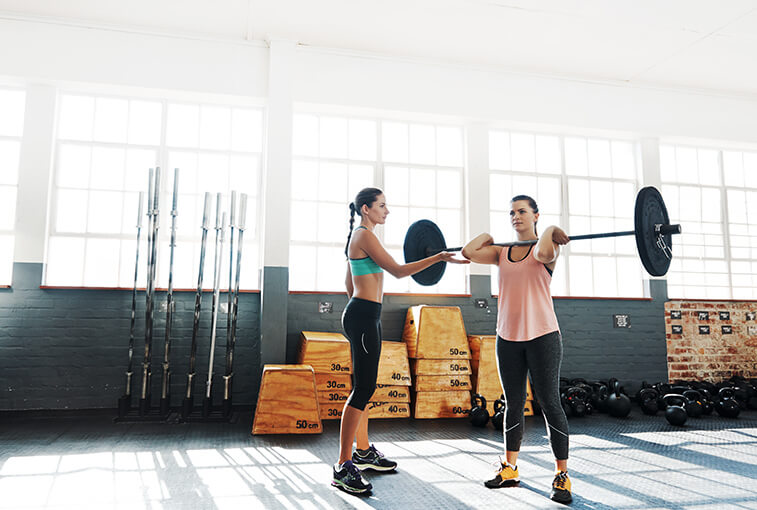By Charley Smook, Sioux Falls POWER coach
Most runners think strength training will cause them to bulk up and slow down. The truth is ALL runners need to strength train.
The key to a fast time is having a higher running economy. In simple terms, runner’s economy is stride frequency X stride length. To get faster you have to increase your stride frequency, the amount of strides you take over a given amount of time, or your stride length, the total distance covered in one stride.
Runner’s economy can be increased by running, but there is a peak where no more speed can be attained. Before this plateau hits, runners must hit the weight room. Strength training for runners is different than training for a football player. This is usually a runner’s concern: They do not want to bulk up. A runner’s strength training should decrease in volume and increase intensity.
Strength training with lower reps at a higher weight will create important neurological connections with type II, fast twitch, muscle fibers. These muscles are the larger fibers will allow a runner to push off with more force each stride. This helps improve stride length. As these muscles get stronger the runner can take a longer stride with each step using the same amount of energy expended. A larger stride length equates to fewer steps over a given distance. Thus, this will decrease time on the ground and result in a faster race time.
Strength training with heavier loads will help the muscles increase their rate of force development. This rate of force development will enable runners to decrease their contact time on the ground but also allow them to get to their next stride length quicker. As rate of force development quickens the body is able to go contact to extension faster. After their leg is fully extended their anterior leg musculature can engage and drive their knee forward to hit their next stride.
As an added bonus including plyometric training, runners learn how to properly develop shock absorption. Most distance runners are heel to toe runners. By adding in plyometric, jump training, runners learn how to hit the ground toe to heel but also how to engage the glutes to absorb the forces through the hip and not through the knee. This will do two things.
- One it will decrease likeliness of injury, specifically shin splints and knee pain.
- It will engage runners’ type II fibers so that when they get to a steep hill they can engage their larger muscles to propel them up the hill with ease and speed.
More
…
Posted In Health Information, Orthopedics, Running
